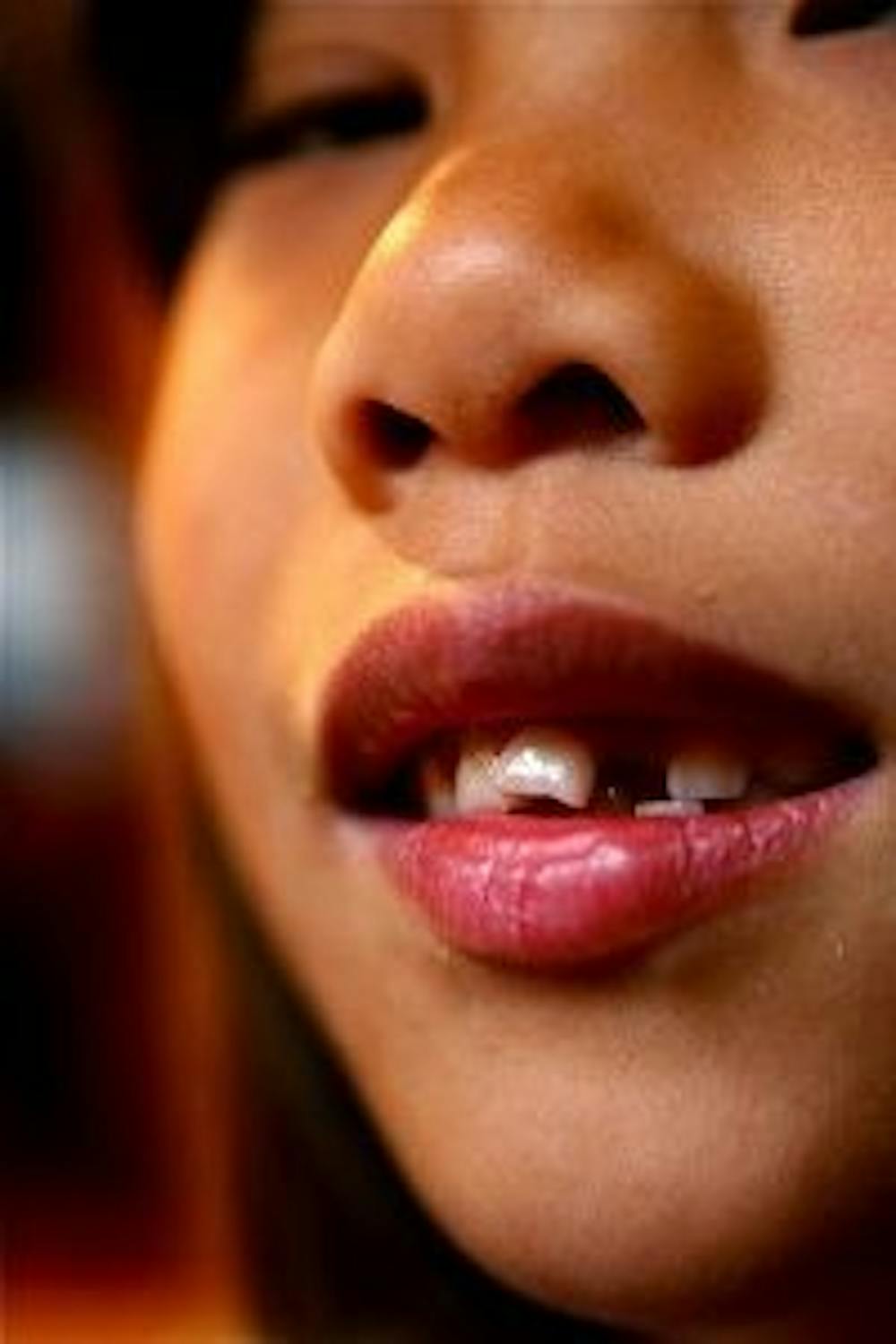The theory that early life experiences during prenatal and postnatal periods can increase susceptibility to chronic diseases in adulthood is becoming more widely accepted.
Previous research suggests that the first one thousand days after conception has the strongest influence and that low birth weight serves as the primary indicator of environmental stress.
However, low birth weight only effectively indicates stress for the first 280 days. A novel marker is needed to monitor early life experiences over the first thousand days.
In a recent article published in the American Journal of Human Biology on April 11, Philippe Hujoel and his colleagues from the University of Washington School of Dentistry propose lower-face asymmetries as a promising marker for early development.
The research team believed that fluctuating and directional asymmetries in the skull are associated with early life stress. The practice of assessing lower face asymmetry is not a new technique, but this method is usually not implemented in practice.
“Asymmetries in the skull and teeth have been used for decades by anthropologists to mark environmental stress, but they have only rarely been used in living populations,” Hujoel said in a press release.
He further claims that examining lower-face asymmetry is a simple, noninvasive tool compared to low birth weight.
“Such lower-face asymmetries can be assessed by looking at the dental bite in the permanent teeth — an exam that can be completed in seconds and with more certainty than a mother’s recall of birth weight and more ease than a search for a birth certificate,” Hujoel said in a press release.
In this investigation, Hujoel and colleagues analyzed data from 6,654 adolescents ranging from 12 to 17 years old who participated in National Health Examination Survey between 1966 and 1970.
The survey classified adolescents as asymmetric when their lower jaw-bone was occluded, or pushed, either prognathically (forward) or retrognathically (backward) on one side of the face.
The research team was interested in figuring out the proportion of directional (left or right side preference) and fluctuating (no preference) lower face asymmetry in the U.S.
The results showed that lower-face asymmetry is very common in the U.S., affecting one out of four adolescents.
Of those classified as asymmetric, 70 percent of the sampled adolescents have retrognathic teeth occlusion with fluctuating asymmetry, an asymmetry which was associated with ethnicity.
The remaining 30 percent have prognathic teeth occlusion with directional asymmetry, which is associated with large family size and handedness.
Adolescents with lower-face asymmetries were associated with only acquired traits and no inherited traits, suggesting that lower-face asymmetries are a measurement for environmental stress.
Hujoel gave an example to support his hypothesis.
“Lower-face asymmetries were common in a generation that became typified by an epidemic of diabetes and obesity in adulthood,” he said in a press release.
The research team used data collected several decades ago because surveys done to evaluate lower face symmetry faded towards the end of the 20th century, with the last national survey conducted in 1973.
Hujoel stated that ignoring lower face asymmetry can be problematic.
“From a biological perspective, this decision resulted in an inability to reliably track trends in the U.S.,” Hujoel said. “We don’t have current information on the prevalence of lower-face asymmetries in the U.S. population.”
Therefore, including measurements of lower-face asymmetry as part of the national health surveys could potentially help caregivers and health professionals predict chronic disease in the U.S. population. Because many chronic diseases are associated with higher stress levels, lower face asymmetry could provide a valuable indicator.























Please note All comments are eligible for publication in The News-Letter.